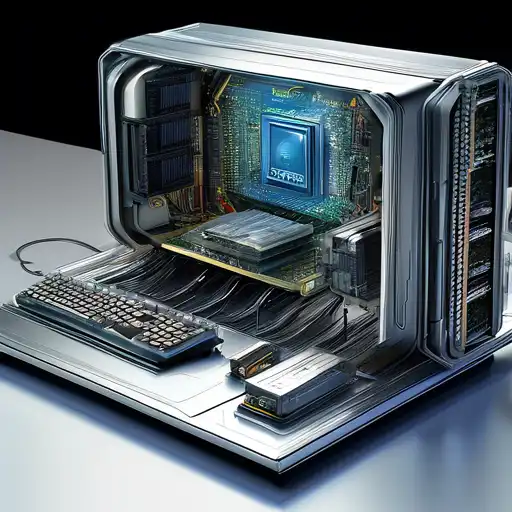Introduction to the Evolution of Computer Hardware
The landscape of computer hardware design is undergoing a transformative shift, driven by the relentless pursuit of efficiency, performance, and sustainability. As we look towards the future, it's clear that innovations in materials, architecture, and manufacturing processes are set to redefine what's possible in computing.
Emerging Trends in Hardware Design
Several key trends are emerging that promise to shape the future of computer hardware. These include the adoption of quantum computing, the integration of artificial intelligence in design processes, and the move towards more sustainable and energy-efficient components.
- Quantum Computing: Leveraging the principles of quantum mechanics to process information in ways that traditional computers cannot.
- AI-Driven Design: Utilizing machine learning algorithms to optimize hardware layouts for performance and efficiency.
- Sustainability: Focusing on reducing the environmental impact of hardware production and operation.
The Role of Materials Science
Advancements in materials science are at the heart of the next generation of computer hardware. From graphene-based transistors to photonic chips that use light instead of electricity, the materials we use are changing the game.
Challenges and Opportunities
While the future is bright, there are significant challenges to overcome, including thermal management, scalability, and the need for new manufacturing techniques. However, these challenges also present opportunities for innovation and growth in the industry.
Conclusion: A Bright Future Ahead
The future of computer hardware design is not just about faster processors or more memory. It's about reimagining the very foundations of computing to meet the demands of tomorrow's applications. With continued investment in research and development, the possibilities are limitless.
For more insights into the latest trends in technology, check out our articles on quantum computing and sustainable technology.
